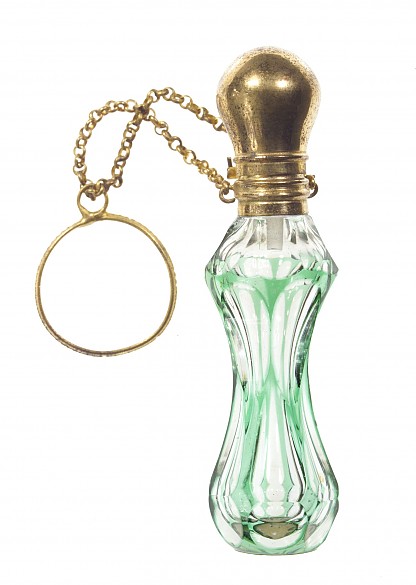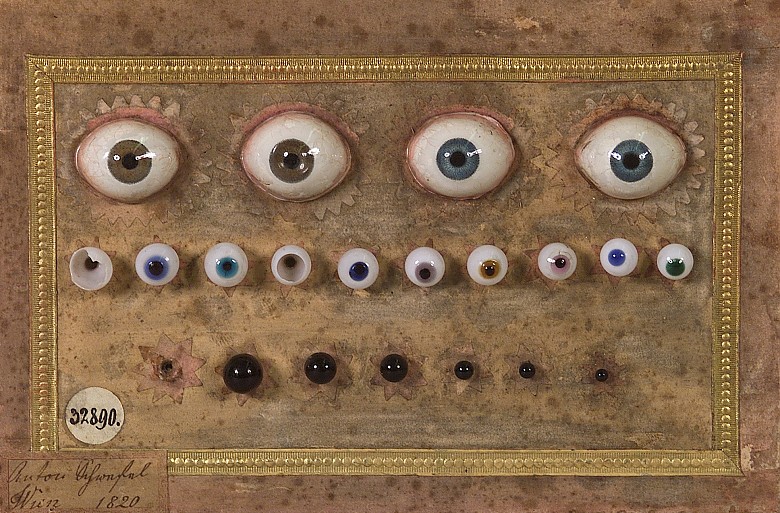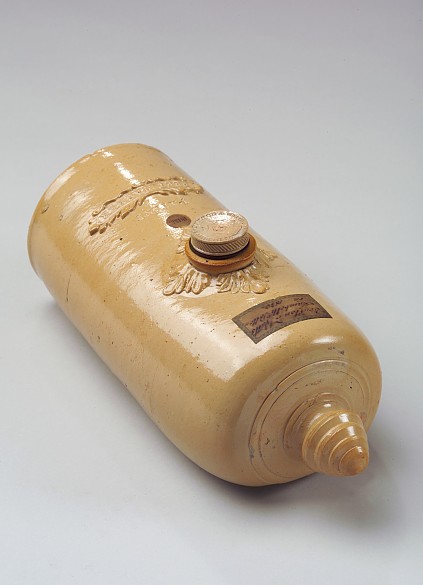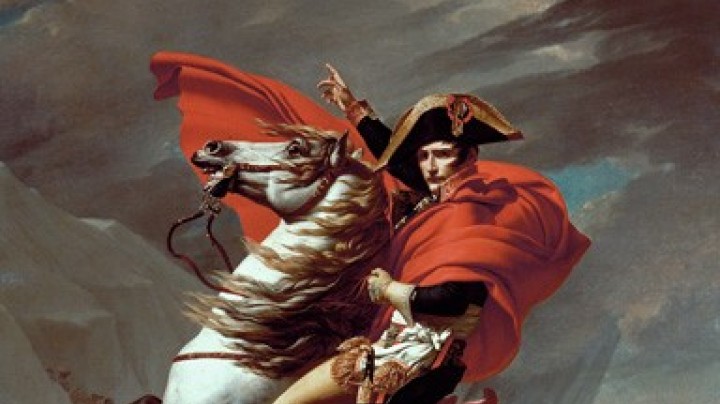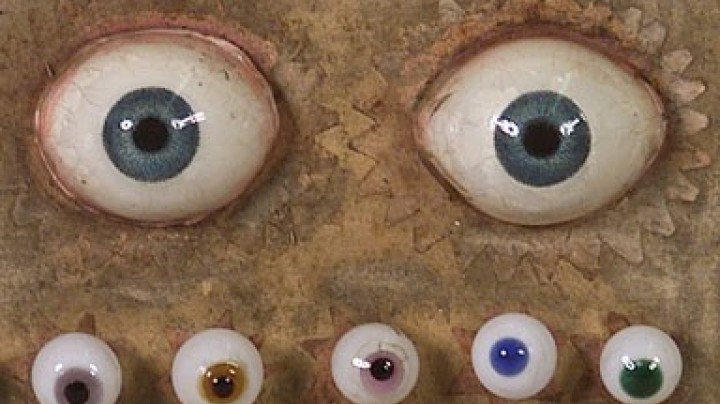A museum, a university and spies for Franz II (I) – Economic promotion under Franz II (I)
Today it is obvious that the State promotes the economy – but less so that the State may support industrial espionage. Franz II (I) tried to combine the two.
An earthenware hot-water bottle, a coloured-glass perfume bottle, carved pocket-knives, artificial eyes of glass and mowers and reapers – all these products were collected in the so-called ‘Imperial-Royal Collection of Manufactured Products’, ‘in order to give everyone the opportunity to gain a general overview of what goods of this kind are produced in My Hereditary Lands’. Hence the Emperor and his advisers wanted to collect all the goods produced in the Monarchy. What mattered here was not so much the monarch’s personal interest in innovations as collecting and displaying to the population all the technical achievements of the newly founded Empire (1804) in order ‘to promote sales and trade’.
As far as technological innovations were concerned in the decades before 1848, during the reigns of Franz I and Ferdinand I, the Habsburg Monarchy was to a large extent dependent on foreign inventions and specialists. Entrepreneurs either employed foreign workers or spent some time abroad themselves – nowadays this would probably be called industrial espionage. Foreign specialists also brought their know-how into the Monarchy, even though in some cases it was illegal to do so: English entrepreneurs, for example, were forbidden to go abroad. In order to promote technological development within the Monarchy as well, in 1807 the ‘Imperial-Royal Polytechnical Institute’ was founded in Prague, followed in 1815 by a similar institution in Vienna, the forerunners of today’s universities of technology.
These economic policy measures had a budgetary background: the state finances of the Habsburg Monarchy were in bad shape; Franz I and his advisers hoped that promoting technology would have a positive effect on productivity and hence also on tax revenue. In addition the aim was to reduce the competitive industrial and economic lead enjoyed by England. To this end foreign products – especially ones from England – were displayed in the Collection of Manufactured Products and hence recommended as models for Austrian industry.
